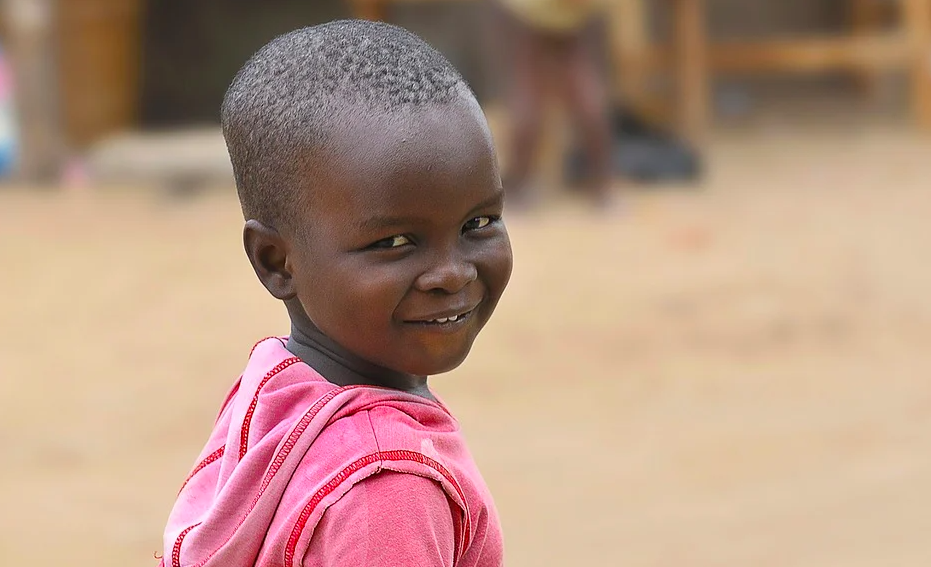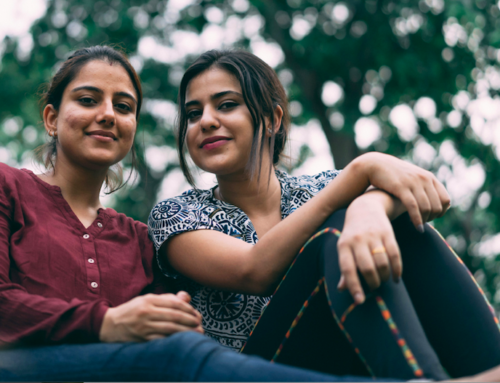Explore the UN’s SDG website: Act Now
In September 2015, at the United Nations Sustainable Development Summit in New York, new Sustainable Development Goals (SDG’s) were adopted. These SDG’s address a comprehensive range of issues, from poverty, health and hunger, to gender equality, climate change and energy. Some parts of the world have now re-oriented themselves towards achieving the vision of a better future by the year 2030.
The London-based Overseas Development Institute (ODI) predicts that more than half of the SDG’s will be missed at current rates of progress; yet the ODI’s understandable pessimism comes at a time of increased innovation throughout the world. Former World Bank economist, William Easterly, questions the efficacy of a top-down planner’s approach to development but points to exciting new ideas from grassroots innovators, or what he calls searchers.
One such searcher is Bisma Deu, a 16-year old student in India. She has come up with the idea of taking useless rice husks, left over from rice production, and combining them with resin to create a viable building material. This fungi and mold-proof board—a product she calls green wood, will be used to build low-cost homes and furniture. With funding from the Social Innovation Relay, searchers like Deu are able to transform useless and even sometimes harmful waste products into useful, practical solutions that benefit their communities.
On another level, groups like the Center for Global Development (CGD) are working with the ODI to produce more effective Humanitarian Cash Transfer (HCT) programs. HCT’s are generally handled in two ways. Unconditional cash transfers can be used or saved whenever and wherever by the recipient. Conditional cash transfers are a cash-for-results method—the recipient must qualify by doing such things as vaccinating a child, or making progress on rebuilding a home. But, less than 5% of cash transfers being made are unconditional.
Unconditional cash transfers allow recipients to choose what they buy, according to their greatest need. For example, when Syrian refugees in Lebanon were given cash to help cope with harsh winter conditions, instead of using the funds to buy fuel, the refugees chose to be uncomfortable in the cold and spent their aid money on food, water and starting businesses. Unconditional cash transfers often provide greater value than other forms of cash payments and in-kind aid by giving recipients the power to allocate resources to the areas of greatest need.
ODI and CGD recently convened a high level panel to address the growing body of evidence in support of humanitarian cash transfer programs. Their research showed humanitarian cash transfers to be more effective than in-kind aid in administering relief. A four-country study found that 18% more people could be helped if everyone received cash instead of food. Because of the costs associated with transporting and storing relief supplies, cash transfers not only allow limited aid resources to go further, but allow economies of scale to have their full influence. The HCT’s also allow the market to work. Researchers have found that when HCT’s bring money to communities, goods and services find their way to the people who need them.
As innovators continue to develop new ideas to bring the world a step closer to achieving the newly-implemented SDG’s, we, as concerned citizens, can choose to stay informed and participate in the process of eliminating the worst forms of poverty
Visit the global development section of The Guardian
The Center for Global Development has a blog post
A blog post summarizing the results of the report can also be found here





